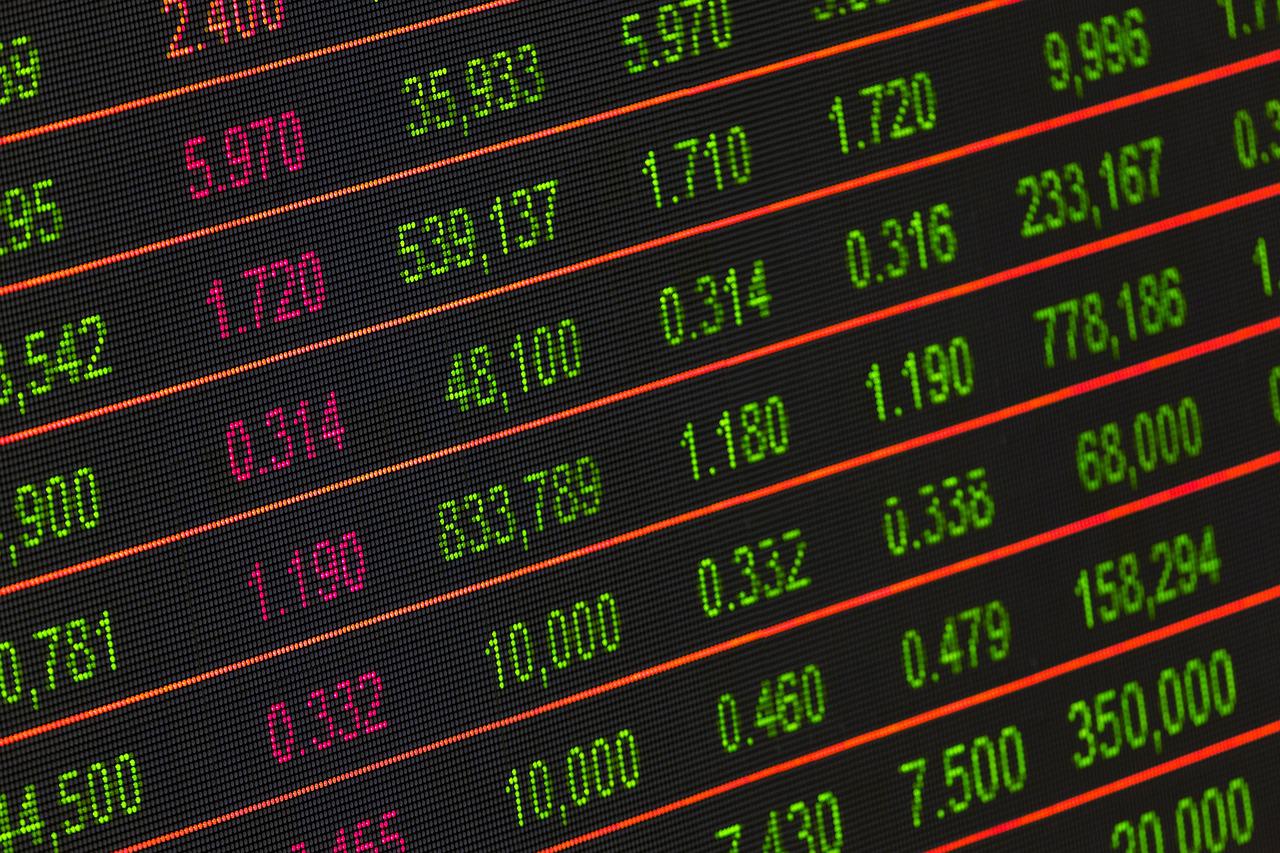On a Monday morning in June, Derek Collier smiled from atop his bunk in Washington state’s Monroe Correctional Complex. His flat-screen TV was tuned into CNBC, which had just announced a downward trend in the stock market.
“I had bet on the market going down,” Collier told Filter. “So I won.”
Collier, 37, has been incarcerated for nearly 15 years. He spends much of his time participating in educational programing and social justice work—and, more recently, the stock market.
The pandemic has given rise to a movement of incarcerated stock traders. In the early days of lockdowns, many in the outside world who received stimulus checks and unemployment benefits began experimenting with Robinhood and similarly easy-to-learn trading apps, investing in crypto and tech stocks and the like. It didn’t take long for word to reach prisoners, who wanted in.
Collier had already been watching the markets for a couple of months, after enrolling in a Black Prisoners’ Caucus class taught by another prisoner who was an experienced stock trader. Every morning, they watched CNBC and wrote down the stock prices. When they started simulating mock sales based on the actual market, Collier’s mock profits hit $100,000.
“I wanted to start trading with real money,” he said. “Which, it turns out, is a lot harder to do.”
Despite its rising popularity, day-trading from prison is often a nightmare.
He wasn’t the only one. A dozen or so of his neighbors were taking the same class, and many of them were rapidly realizing the potential of accessing the real market. COVID was driving up trading volume. People figured penny stocks wouldn’t lose them that much money. And it seemed like all a pharmaceutical company had to do was mention the word “vaccine” and stocks would shoot through the roof.
Collier’s side hustle had been beadwork. He put those profits into an Etrade account set up and managed by his dad and, by dictating trades over the prison phone, began trading penny stocks in the pharma and biotech industries. One of his early trades was Moderna—purchased at $17, sold days later for $28.
“I thought I’d cleaned up,” he recalled with a bitter laugh. “You can imagine my consternation when the stock ended up being worth hundreds.”
In November 2021, NASDAQ peaked. Interest rates went up. Inflation soared. Collier, still learning the ropes and caught off-guard by the shift, was in for a crash course on economic policy. The buy-the-dip strategies he’d been using—watching stock on the rise but waiting to pounce until it hit a presumably short-term dip—had served him well when the market was trending upward. They did not serve him well in the new downward trend, when the dipped stocks didn’t find their way back up.
“I lost more than half of the money I’d made before I realized that I needed to switch tactics,” he said. “Some people never got past the gambling stage of just basically chasing headline stocks, [but] my experience whet my appetite to learn more.”
These days, he trades mostly options—betting on whether the market will move up or down—a more specialized arena in which he’s enjoyed some success. When not working his mandatory prison maintenance job, he can be found buried in the pages of a book on stock trading, or one of the industry magazines to which he subscribes.
“The main thing I’ve learned is that I have a lot to learn,” he said. “I’m not giving up on trading, but I’m taking some time to regroup and learn more.”
Prison labor pays pennies on the hours. Side hustles are often the only way to survive, but we face retailiation if caught.
For Collier, the stock market has become a true passion. But for most people, day-trading isn’t something they’re really doing by choice.
Despite its rising popularity, trading from prison is often a nightmare. Without reliable internet access, many rely on loved ones in the free world to do the online footwork. Long lines to use the prison phones put them at a disadvantage compared to everyone who’s able to trade in real time.
The Washington State Department of Corrections takes anywhere from 55 percent to 100 percent of funds sent to us by loved ones for mandatory debts incurred during incarceration. Prison labor pays pennies on the hours. Side hustles are often the only way to survive, but we face retailiation if caught.
People don’t want to spend their days glued to the TV, arguing with guards to open their cell doors, standing around waiting for phones. They do it because they know that without a financial safety net already in place when they’re released, it won’t be long before they’re taken back to prison.
Photograph by AhmadArdity via Pixabay





Show Comments